Samsung Galaxy S21 Ultra Hands On - Heavy Hitter
The Samsung Galaxy S21 Ultra and Galaxy S21 are here, and Samsung had to make some tough decisions to keep its flagship smartphones relevant in 2021. If last year demonstrated anything, it's that things can change rapidly and so, too, can buyers' priorities. If you want them to dig deep and splash out on a four-figure smartphone, you need to offer them something special – and different.
The result is a whole new aesthetic, addressing complaints that you just couldn't tell quickly enough – or from far enough across the room – that you had the very latest Galaxy. Samsung is calling its new design language "Contour Cut Camera" and it basically envelops the camera bulge into the metal frame of the phone.
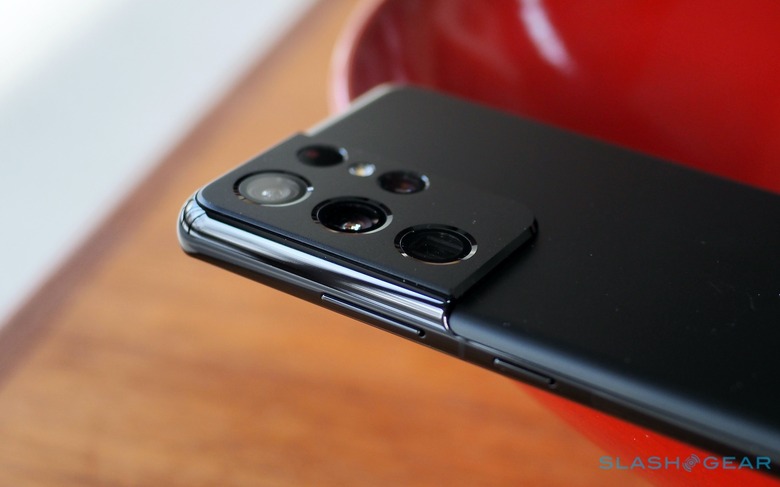
It definitely feels solid – and heavy. The Galaxy S21 Ultra is 229 grams, higher still than last year's Galaxy S20 Ultra, which was itself hardly a waif. That camera array is still a hefty bulge, too, though the new styling does leave it looking a little less obtrusive, and more integrated, than last year's prominent cluster.
It all feels sturdy and premium, and the screen is the same: 6.8-inches of beautiful, color-rich, contrasty OLED. This year Samsung has fixed the big annoyance from 2020, allowing you to run the display at both maximum 3200 x 1440 resolution and at 120Hz refresh rate, rather than forcing you to pick between the two. The screen refresh will automatically reduce to save power when you don't need such a high rate, too, down to as low as 10Hz.
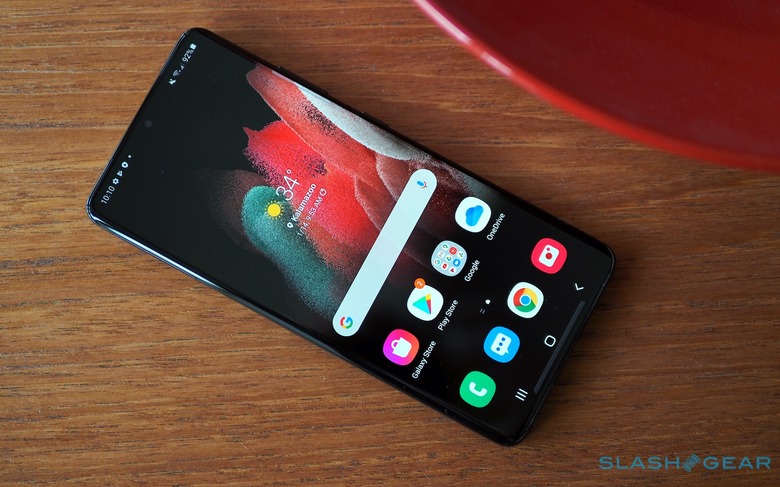
As for the cameras, the Galaxy Note 20 Ultra donates its laser autofocus to address 2020's focus-lock headaches, and there's more use of AI. I'll be putting all that through its paces as I review the phone, but I'll be particularly keen to see if the new AI processing makes the 100X Super Zoom any more useful. Samsung says you'll get more detail and a less shaky framing experience, which will be useful since last year the Galaxy S20 Ultra tended to produce shots that resembled watercolor paintings more than photos.
Pricing kicks off at $1,199.99. A more expensive version not only gives you 512GB of storage, but a faintly-ridiculous 16GB of memory; the "regular" Galaxy S21 Ultra has 12GB of memory and either 128GB or 256GB of storage. Gone, though, is the microSD slot, another absence from what used to be Samsung's list of advantages over rivals like Apple's iPhone.
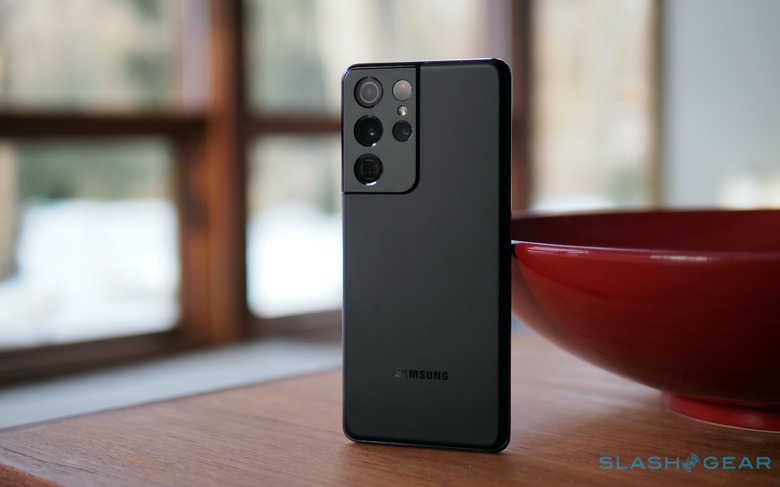
That list now includes the headphone jack, the memory card slot, and a charger in the box. For those who have been on the flagship train for a while that's probably not going to be an issue; anybody looking to make the switch from iOS to Android, or upgrading from a pre-USB Type-C device, is going to have to budget for a new charger or at least a new cable. Annoying? Yes, but Samsung echoes other industry comments that it should mean a cut in waste power bricks.
I can stomach that, though the absence of the S Pen – which the Galaxy S21 Ultra now supports – rankles more. Indeed, the whole way Samsung has added stylus functionality to the phone feels half-hearted. You buy it separately, and there's no place to actually store it in the phone: you'll need to either carry it separately, or buy Samsung's case with a built-in holder.
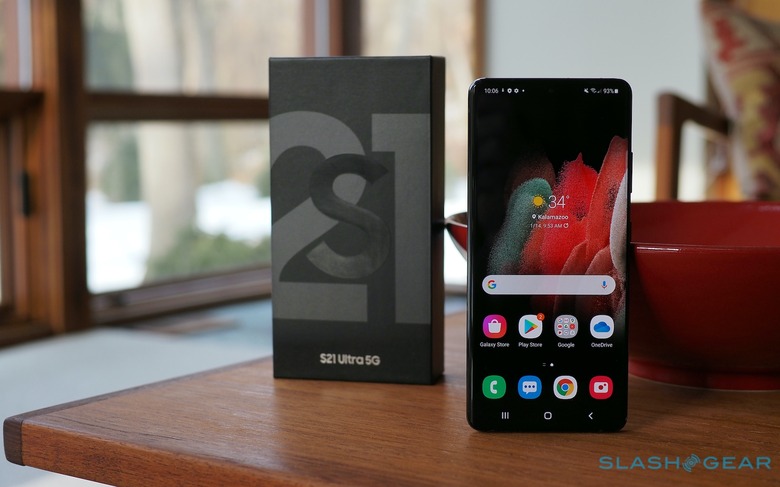
Unlike the S Pen that works with the Galaxy Note 20 Ultra, there's no Bluetooth LE support yet. You can use that Note S Pen, but only for handwriting. Later on, Samsung says, there'll be Bluetooth LE support for Air gestures on the Galaxy S21 Ultra... but not with the BLE S Pen from a Note. You'll need to buy a new version, just for the Galaxy S21 Ultra.
That's confusing, and arguably exactly what Samsung doesn't need in a year when its "buy me, please" message needs to be strong and clear. At the very least, the new design should draw fresh attention to the Galaxy S21 Ultra. After that, it needs its tech talents to convince wallets and purses to open wide.
Galaxy S21 hands-on
At the other end of the range, the Galaxy S21 offers an unexpectedly low starting price for the entry point to S21 family ownership. The display gets an upgrade over last year, with a 6.2-inch panel that can adaptively adjust its refresh rate up to 120Hz. Inside, there's the Snapdragon 888 and X60 modem, with 5G support for Sub-6 and mmWave. No UWB – you'll need the Galaxy S21+ or Galaxy S21 Ultra for that – but I doubt most buyers will mind.
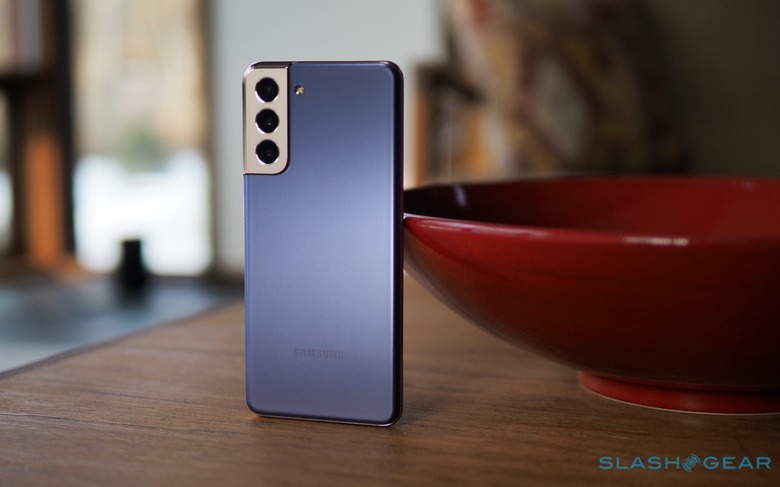
The reality here is that it's not so much the hardware that is important, it's the pricing. After years of seeing smartphones drift up in price, Samsung has bucked that trend and dropped $200 off the price tag of the Galaxy S21 (and the Galaxy S21+) compared to their counterparts from last year.
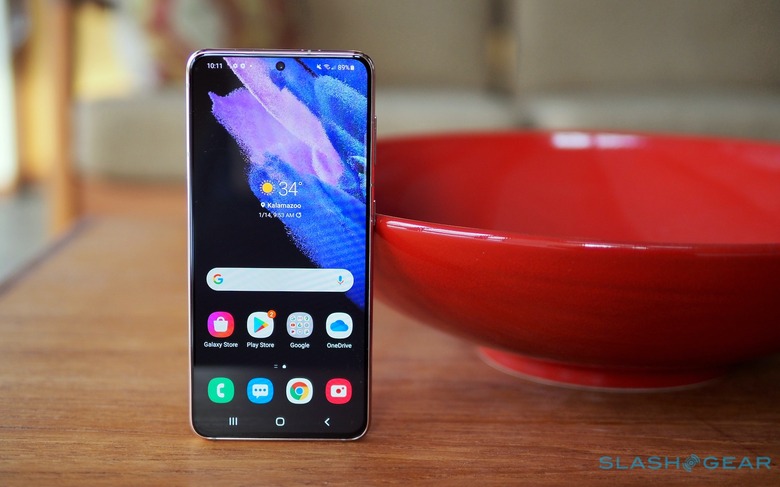
It means the Galaxy S21 starts from $799.99, and the Galaxy S21+ from $999.99. It's a recognition that 2021 is very different from even just a couple of years ago when it comes to what the mainstream is willing to spend on smartphones, but also a reflection of how those following Samsung's launches have seen them play out. In the first few weeks, it wasn't uncommon to see Samsung and its retail and carrier partners slash $200 off the sticker price of its brand new devices. Now, that cut comes from day one.
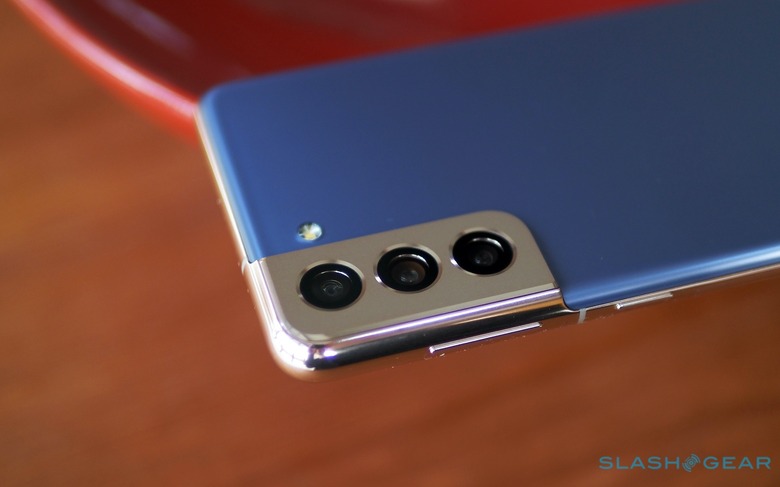
Samsung, of course, had to make some tough decisions to hit those price points. You get the same 8GB of memory as before, there's no charger in the box, and – like the Galaxy S20 FE – the Galaxy S21 is made of plastic. The cameras haven't made big leaps ahead either, though the Corner Cut Camera does make them look physically sleeker now.
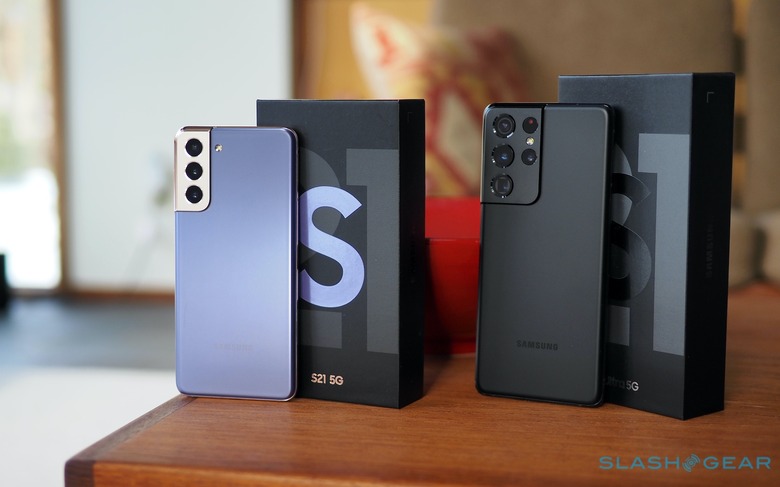
Indeed, the new aesthetic works even better on the Galaxy S21 than it does on the S21 Ultra, I think. The Phantom Violet halo color probably won't be for everyone, with its contrast gold metal, but it definitely looks different. Whether the compromises add up to a reduced user-experience, I'll be working out in my full review.
